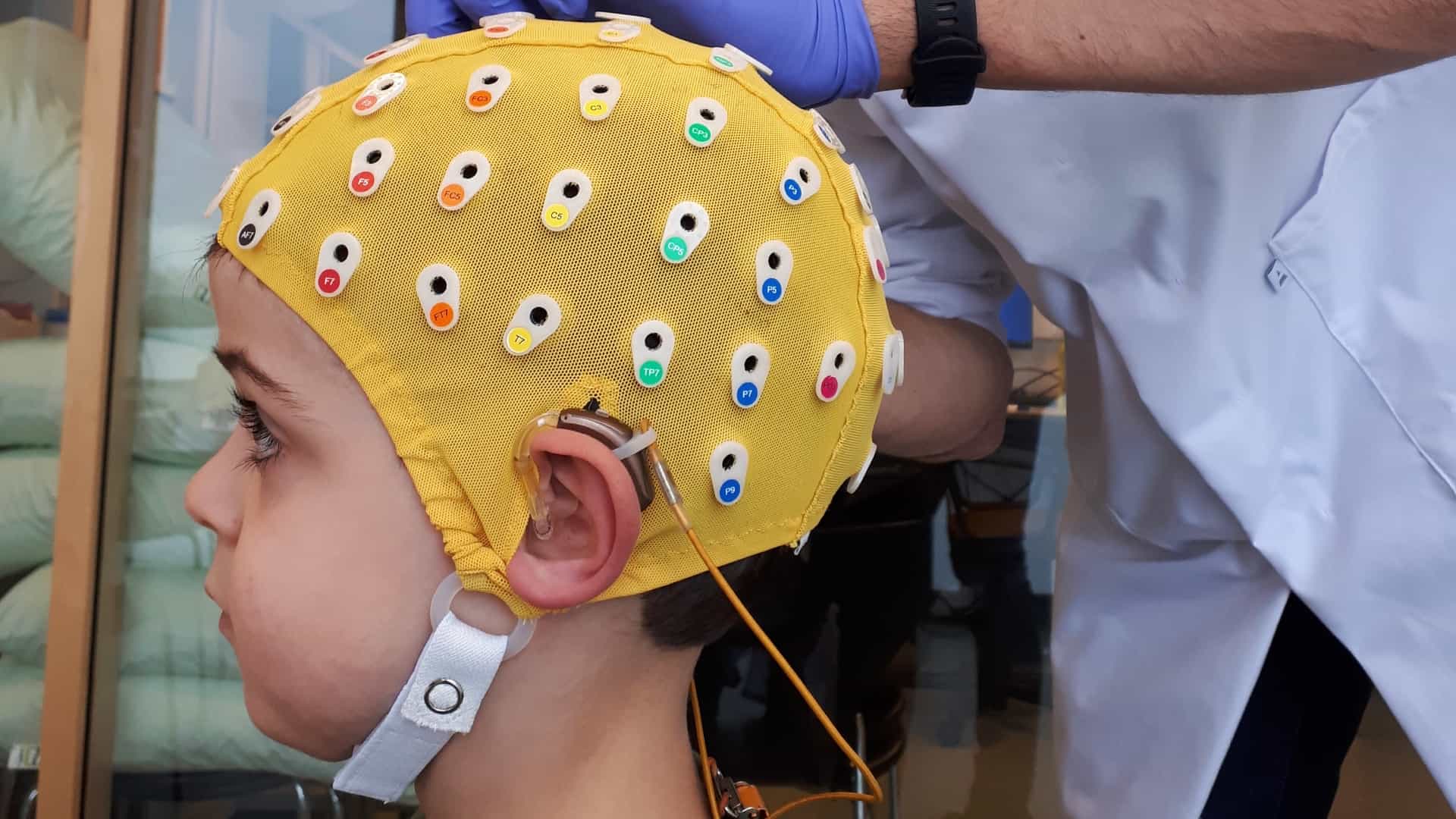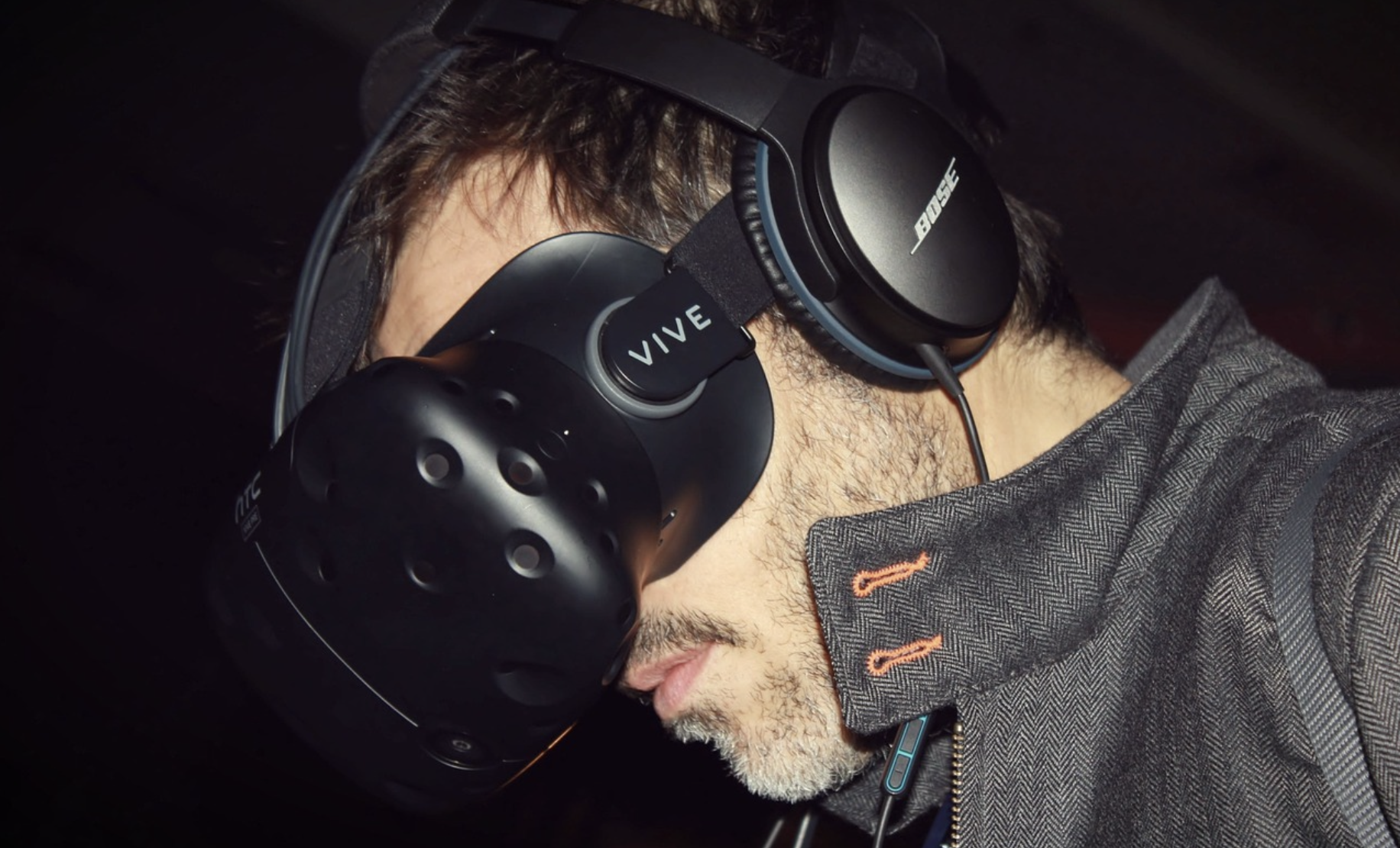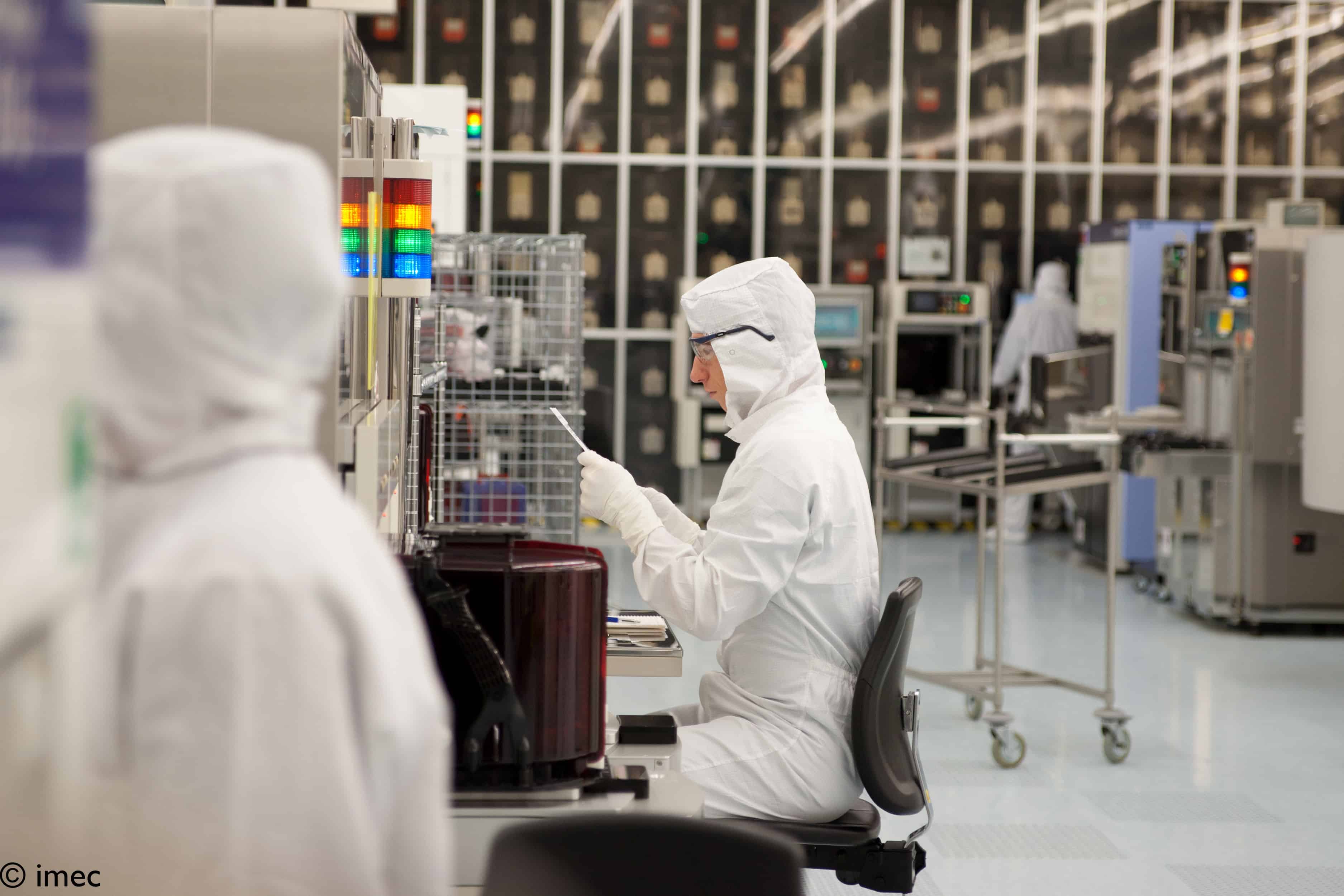
New software, developed at KU Leuven, can check whether a person understands speech well based on brainwaves. The researchers were able to successfully apply the technology for the first time to young, hearing-impaired children, the university said in a (Dutch) press release.
- Hearing technology analyses brain activity while listening to speech.
- The most recent study applied the technology to young children.
Congenital hearing loss occurs in one to two per thousand newborns. Many of them need a hearing aid in at least one of both ears.
A hearing aid does amplify the sound signal, but it is difficult to determine whether the person in question also receives speech properly and can therefore understand it. From the age of five or six you can test children by having them repeat a standardised set of words, but for the earlier years of life, which are crucial in speech and language development, there is no reliable measurement method.
At KU Leuven, a research group led by professor Tom Francart, has developed new software to overcome this problem. “Our software analyses brain activity while listening to natural speech,” says postdoctoral researcher Ben Somers. “This allows us to compare, as it were, the two ‘sound files’: along one side, the sound file of the speech being presented and along the other side, a file based on brain waves. If the two are similar, then the person has understood the speech correctly.”

Good predictor
In their most recent study, the researchers applied this technique for the first time to young hearing-impaired children with hearing aids. “The study confirms our previous results that the technique is a good, objective predictor of speech intelligibility,” indicates audiologist Tilde Van Hirtum. “In addition, we can use this method to find out how much listening benefit the hearing aid provides. This is also important towards the parents, because we find that they often still underestimate their child’s hearing problems and the added value of the hearing aid.”
The KU Leuven researchers developed a child-friendly method to perform the measurements. In one experiment they used a listening story, in the other an animated film. Both proved suitable for measuring speech intelligibility in an objective way. “We can adapt the speech material according to the child’s age and interests. This makes for a finer experience and also benefits the measurement,” says Van Hirtum. “The test does not require active participation, which makes it possible to also test very young children or individuals with certain behavioural or motor problems.”
Application
The researchers are fully engaged in clinical validation of the technology. In an extensive clinical study, audiologists from several Flemish rehabilitation centres and the UZ Leuven will further test the software. “Together with the Tech Transfer Office of KU Leuven, we are looking at all possibilities to bring this innovative hearing technology to society in the foreseeable future,” Ben Somers concludes.








